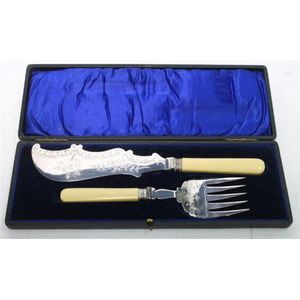Assyrian-inspired Archaeological Revival Parure
You must be a subscriber, and be logged in to view price and dealer details.
Subscribe Now to view actual auction price for this item
When you subscribe, you have the option of setting the currency in which to display prices to $Au, $US, $NZ or Stg.
- Assay / Assayed - Assaying is the testing of a metal, most commonly silver and gold to determine its ingredients and quality. In Britain, once an item of silver or gold has been assayed, a mark is stamped on it, certifying its purity. Known as hallmark, it derives its name from the Guild Hall of the Goldsmiths' Company, who recieved its Charter in 1327 giving it the power to assay and mark articles of gold and silver.
This item has been included into following indexes:
Visually similar items

Cartier silver plated lighter set with opal doublets

A cased pair of silver plate fish servers, length 32 cm

A pair of Art Deco sterling silver napkin rings, in original box. Fenton Brothers (Glasgow) Ltd, Sheffield 1942. Weight 67.9g

Edwardian gold pendant 18ct rose and yellow gold, hollow lozenge shaped plaque pendant featuring a snake with a cabochon cut ruby set into the eye and a row of nineteen rose cut diamonds along the body, with French gold importation mark of the owl weight a
